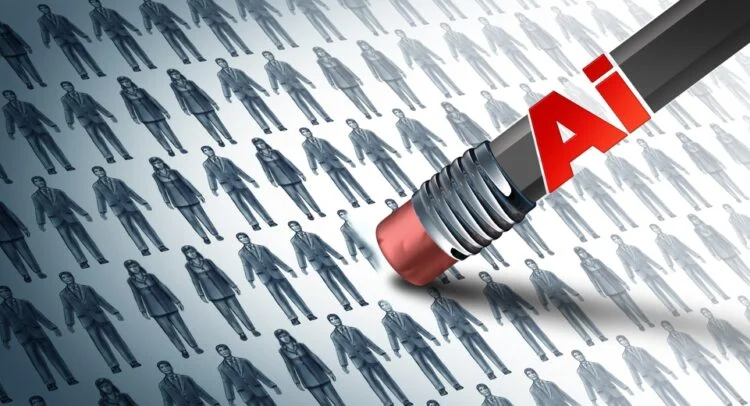India’s Art Market Booms as Record Auctions Shatter Sales and Inspire a Cultural Renaissance

India’s art world is in the midst of a historic transformation, with record-breaking auctions, rising collector enthusiasm, and new creative spaces reshaping the country’s cultural landscape.
At the center of this surge stands an untitled 1971 masterpiece by Vasudeo Santu Gaitonde, which recently sold for $7.57 million at a Saffronart auction in Delhi — nearly three times its estimate. The event fetched a total of $40.2 million, marking the highest-ever sale for South Asian art. This comes on the heels of MF Husain’s $13.8 million record sale earlier this year and F.N. Souza’s “Houses in Hampstead” achieving India’s third-highest painting price.
Auctioneers and curators say the Indian art market, now valued at $338 million, is poised to hit $1.1 billion by 2030. “We’re at a point of massive inflection,” said Dinesh Vazirani, co-founder of Saffronart. “When we started in 2000, people thought we were crazy. Now the market has matured into a global force.”
A Market Fueled by Wealth and Heritage
India’s millionaire households have nearly doubled in four years, and many see art as both an investment and a status symbol. Collectors are viewing art not as quick trade material but as a long-term, generational asset. “If you hold it for long periods, the appreciation is quite dramatic,” Vazirani noted.
The government’s decision to cut GST on art from 12% to 5% has further energized the market. Meanwhile, diaspora collectors are driving international demand. “Art has become an important conduit for Indians abroad to reconnect with their roots,” said Manjari Sihare-Sutin, co-head of Sotheby’s Indian and South Asian Art department, which recently achieved its highest sales in 30 years at $25.5 million.
Beyond the Big Names
While auction headlines feature stalwarts like Husain, Souza, Gaitonde, and Raza, the ripple effect is raising demand for emerging and overlooked artists. Unlike the speculative boom that crashed in 2008, experts believe the current momentum is structurally sound, supported by new institutions and steady collector bases.
Building India’s Cultural Infrastructure
Across India, new museums, art fairs, and residencies are fostering creativity. The upcoming Kiran Nadar Museum of Art in Delhi, opening in 2026, will span 100,000 square meters and host both visual and performance art. In Karnataka, Hampi Art Labs offers residencies and exhibitions, while Art Mumbai expects over 40,000 visitors this November. Events like the India Art Fair in Delhi and Kochi-Muziris Biennale in Kerala continue to draw record crowds.
Curator Ina Puri describes this as “a comeback for Indian art,” citing renewed investment and institutional energy. Meanwhile, non-profit initiatives such as Khoj in Delhi are empowering young and experimental artists outside commercial pressures. “The more mad, crazy, experimental art happens in small pockets — and that’s what we’re always trying to build,” said Pooja Sood, Khoj’s director.
Sustaining the Momentum
While record prices elevate India’s global visibility, insiders stress the need for grassroots support. “Rising interest in South Asian art boosts the ecosystem, but record-breaking sales don’t automatically trickle down,” said Sood. “We need to keep building from the ground up.”
From glittering auction halls to grassroots art labs, India’s creative economy is thriving — and its canvas has never looked broader or brighter.


